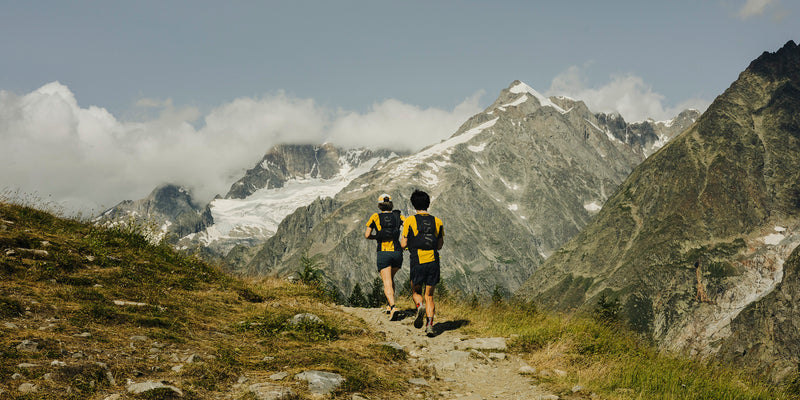Running in winter presents unique challenges, particularly in terms of temperature and terrain conditions: snow, ice, etc. We invite you to discover the best practices and equipment to maintain your performance without sacrificing your comfort during your races in cold weather and humid.
For running in winter, trail shoes with excellent grip , water protection, and ankle support are wise choices. Investing in running shoes suitable for winter conditions not only helps improve your performance, but above all helps ensure your safety, comfort and health during your runs in cold weather.
The importance of layering: In winter, the layering method, often compared to the onion technique, is of crucial importance. Start with a base layer, such as a long-sleeved top. Depending on the temperature, add additional layers, such as an insulating layer, and finish with a third layer, such as a windproof or waterproof jacket. It is essential to remember that the air trapped between these layers acts as an insulator, helping to maintain optimal warmth.
Protect the extremities: The hands and head are particularly sensitive to the cold. Use thermal gloves or windproof mittens to protect your hands. For the head, a hat lined with a headband can provide additional insulation. Don't forget a neck gaiter to prevent cold air from entering your jacket.
Management of lower layers: Although the lower body is generally less sensitive to the cold, it is important to protect it adequately. Running tights are often sufficient, but in colder conditions, consider tights that protect against the effects of wind and moisture. For those looking for extra protection, the Men'sSherpa Leggings available on our site offer excellent insulation while remaining comfortable and breathable.
Suitable Socks: Don't underestimate the importance of good socks. Opt for merino wool socks, which provide warmth and comfort while wicking away moisture.
Comfort Rule: A good rule is to feel slightly cool at the start of your run. If you feel hot in the first few minutes, you risk overheating later. Adjust your layers accordingly to find the perfect balance between warmth and breathability.
Running in winter can be an amazing experience with the right equipment and strategies. By following these tips, you will be well prepared to face the cold while still enjoying your races. Remember, the key is to stay warm without overheating, adjusting your layers based on weather conditions and your personal comfort.

Happy winter running!



















